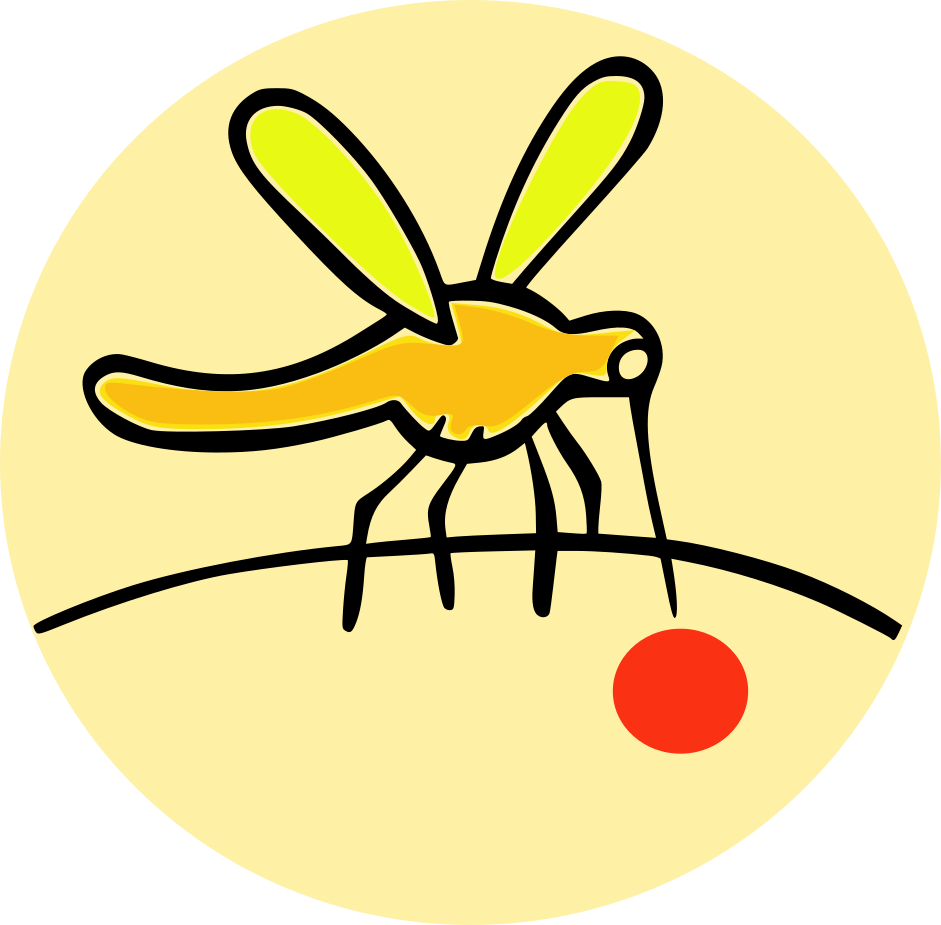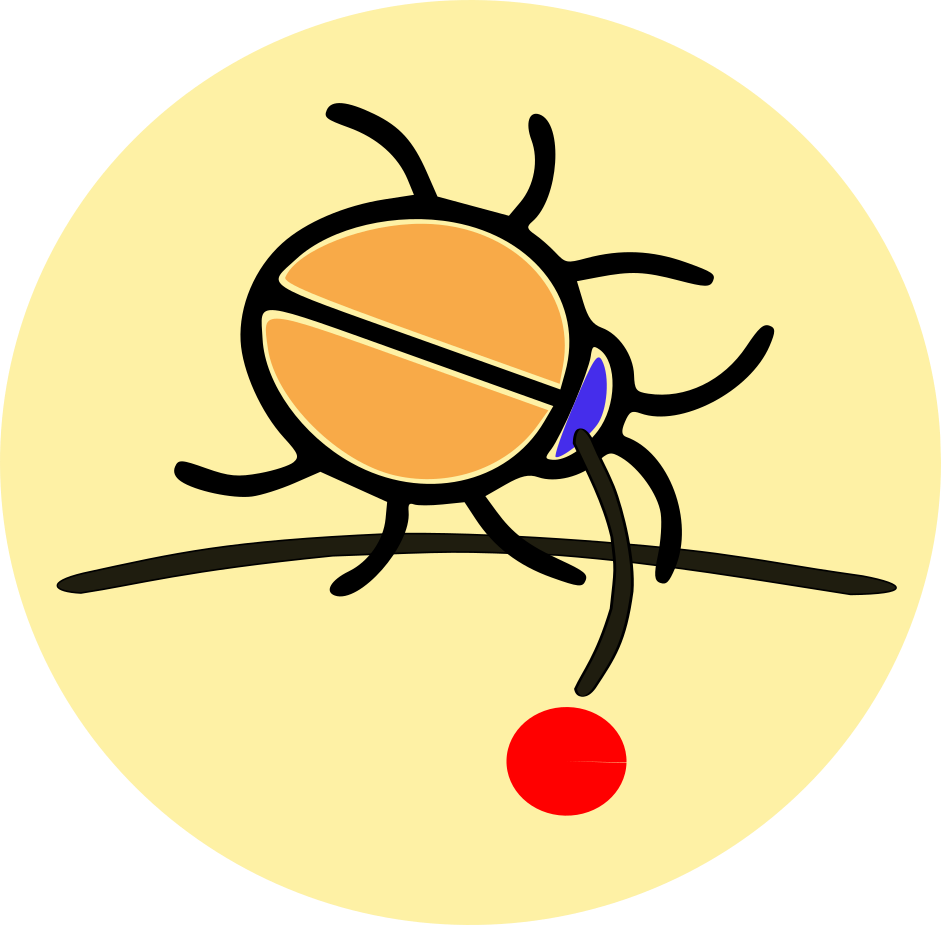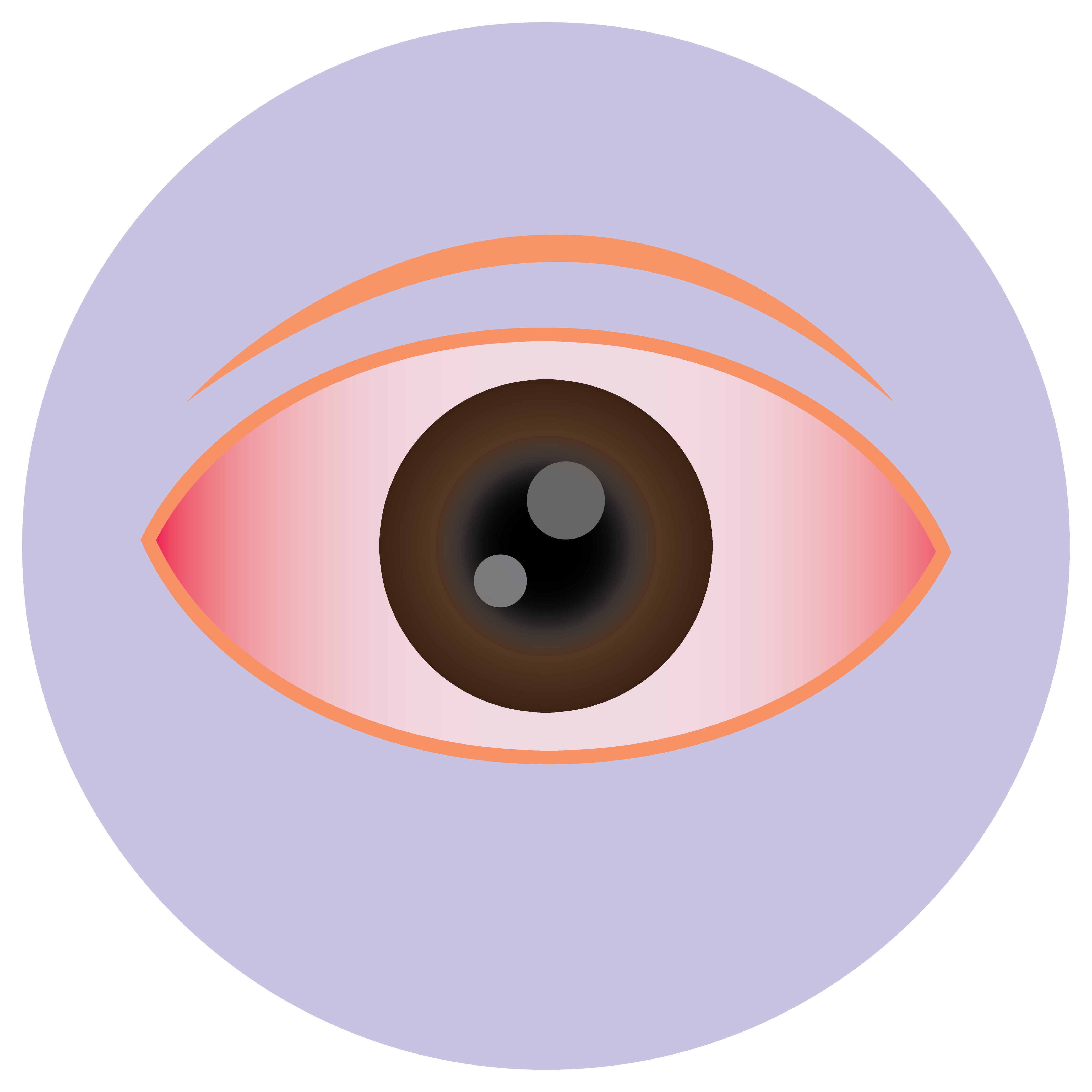| Name | Cypermethrin |
| Classes |
Antiinfective Agent Antiseptic and Germicide |
| Diseases |
Flea Bite Lice Mite Mosquito Bite Scabies Ticks Veterinary Disease |
Cypermethrin
Cypermethrin is a synthetic pyrethroid insecticide that belongs to the class of Type II pyrethroids. The insecticide works by interfering with the sodium channels of the nervous system of insects, resulting in hyperexcitation of nerve cells and ultimately paralysis and death of the insect.
Cypermethrin is indicated for the control of insects in residential, industrial, and agricultural settings, including control of fleas, ticks, flies, mosquitoes, cockroaches, and other pests.
The dosage of cypermethrin varies depending on the type of application and the targeted pest. It is available as a concentrate or ready-to-use spray, and application rates vary depending on the product. The product label should be consulted for specific instructions.
Common adverse reactions to cypermethrin include:
- Skin irritation or rash upon contact
- Eye irritation or redness upon contact
- Nausea or vomiting upon ingestion
- Headache
- Dizziness or fatigue
- Cypermethrin is a toxic substance and should be used with caution. It is important to follow all label instructions and safety precautions.
- Avoid contact with skin, eyes, and clothing. Wear protective clothing, gloves, and eye protection when handling cypermethrin.
- Do not apply near water sources or where runoff may occur, as cypermethrin is toxic to aquatic life.
- Keep out of reach of children and pets. Store in a secure location.
- Do not use on or near food or food preparation surfaces.
- If accidental exposure occurs, seek medical attention immediately.
Contraindication
Cypermethrin is contraindicated in individuals with a known sensitivity or allergy to synthetic pyrethroids. It should not be used on or near animals intended for human consumption.
None known.
None known.
 Bangla
Bangla English
English




